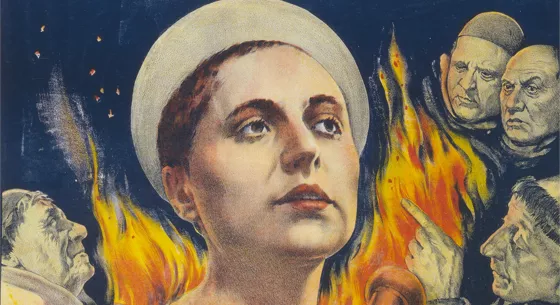
A breathtaking silent film era classic, The Passion of Joan of Arc will be accompanied with live organ improvisation by Filip Presseisen on Apr 6 at 3:00 pm. Learn more ahead of the performance about this expressive pairing.
Top image: Filip Presseisen Photo © Artur Rozen.
Eugène Silvain and Maria Falconetti. Film still from The Passion of Joan of Arc (1928), public domain.
A Trial Before the Trial
Organist Filip Presseisen. Video by Organy firmy Aeris w Krakowie-Prokocimiu - YouTube.
Organ-ic Talent

Maria Falconetti in The Passion of Joan of Arc (1928). Photo courtesy of Gaumont.
The Face of Joan of Arc

Maria Falconetti in The Passion of Joan of Arc (1928). Photo courtesy of the Ronald Grant Archive.
A Saint-worthy Score

Maria Falconetti. Film still from The Passion of Joan of Arc (1928), public domain.
Joan Is Ready for Her Close-up
Acknowledgments
This activity is made possible by the voters of Minnesota through a Minnesota State Arts Board Operating Support grant, thanks to a legislative appropriation from the Arts and Cultural Heritage Fund.

